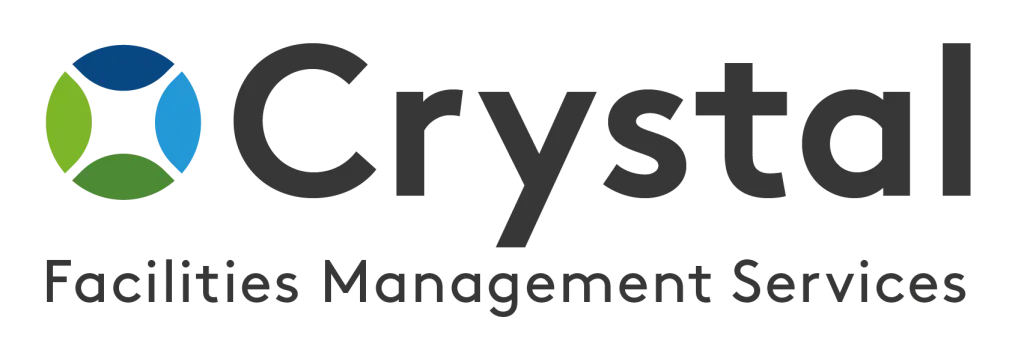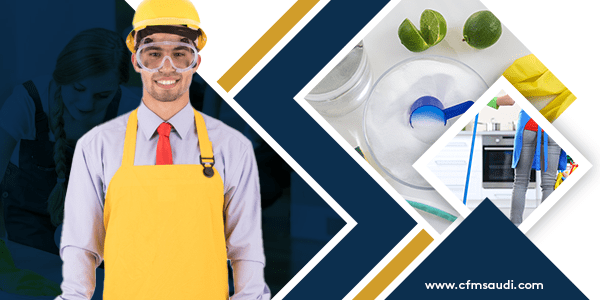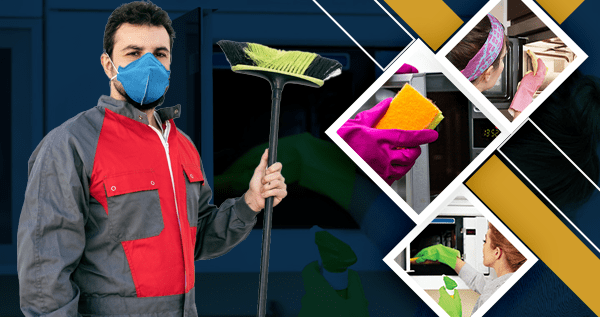Adapting to COVID-19: Cleaning Guidelines for Government Offices
Introduction
The COVID-19 pandemic has significantly impacted many aspects of our daily lives, and one of the most affected sectors is government offices. These offices, which typically experience high foot traffic and handle important administrative tasks, require a heightened level of cleanliness and sanitization to ensure the safety of employees and the public.
Crystal Facilities Management understands the importance of maintaining a clean and healthy environment in government offices. As a leading provider of cleaning services, we have developed comprehensive guidelines to help these offices adapt to COVID-19 and implement effective cleaning and disinfection protocols.
Understanding COVID-19
Before delving into the specific cleaning guidelines, it is important to have a basic understanding of COVID-19. The disease is primarily transmitted from person to person through respiratory droplets when an infected individual coughs, sneezes, talks, or breathes. It can also spread by touching surfaces contaminated with the virus and then touching the face, mouth, or eyes.
Given the ease of transmission, it is crucial to maintain proper sanitation and hygiene practices within government offices to mitigate the risk of transmission.
The Importance of Regular Cleaning
In the midst of a pandemic, regular cleaning takes on even greater significance. It helps to remove dirt, dust, and potentially infectious particles from surfaces before they have a chance to accumulate and spread. Regular cleaning also ensures that high-touch surfaces, such as doorknobs, elevator buttons, and light switches, are disinfected frequently to minimize the risk of contamination.
Enhanced Cleaning and Disinfection Practices
In addition to regular cleaning, there are several enhanced cleaning and disinfection practices that government offices should adopt:
1. Use Approved Disinfectants
Select disinfectants that are approved by relevant health authorities for use against COVID-19. These disinfectants should be EPA-registered and proven effective in killing viruses and bacteria. It is important to follow the instructions provided by the manufacturer, including the recommended contact time and any safety precautions.
2. Focus on High-Touch Surfaces
Pay special attention to frequently touched surfaces, such as door handles, handrails, elevator buttons, and light switches. These surfaces should be cleaned and disinfected multiple times throughout the day to prevent the spread of the virus. Regular disinfection of these areas should be prioritized to maintain a safe and healthy environment.
3. Implement Regular Deep Cleaning
In addition to daily cleaning routines, it is essential to schedule regular deep cleaning sessions. Deep cleaning involves thorough cleaning of all surfaces, including floors, walls, and furniture. It helps eliminate hidden pathogens and provides a deeper level of sanitation.
4. Pay Attention to Restrooms
Government office restrooms are frequently used and can be hotspots for the transmission of germs. Implement strict cleaning protocols in restrooms, including disinfection of all surfaces, toilet bowls, sinks, and faucets. Provide ample hand sanitizers, soap, and disposable paper towels for hand drying.
Social Distancing and Hygiene Practices
Cleaning alone is not sufficient to combat the spread of COVID-19. Government offices must also enforce social distancing and hygiene practices among employees and visitors. Here are some recommendations:
1. Implement Social Distancing Measures
Redesign office layouts to ensure physical distancing between employees and visitors. This may include relocating workstations, installing physical barriers, and limiting the number of people allowed in common areas. Implement policies that discourage crowding and gathering in confined spaces.
2. Promote Hand Hygiene
Place hand sanitizing stations at convenient locations throughout the office. Encourage employees and visitors to sanitize their hands regularly, especially after touching shared surfaces. Display educational posters on proper handwashing techniques and the importance of hand hygiene.
3. Use Protective Barriers
Install transparent protective barriers on reception desks, cashier counters, and any other areas where close interaction between employees and visitors occurs. These barriers help reduce the risk of respiratory droplet transmission while still allowing for effective communication.
4. Encourage the Use of Face Masks
Mandate the use of face masks for all employees and visitors. Display signage throughout the office to remind individuals of the importance of wearing masks. Provide masks for those who do not have their own or encounter unexpected situations where masks are needed.
Employee Training and Communication
It is essential to provide proper training and communication to employees regarding the new cleaning guidelines and protocols. Here are some suggestions:
1. Conduct Training Sessions
Organize training sessions for all employees to familiarize them with the enhanced cleaning and disinfection practices. Train them on how to properly use disinfectants, the importance of focusing on high-touch surfaces, deep cleaning techniques, and the correct usage of personal protective equipment (PPE).
2. Share Guidelines and Updates
Create a dedicated section on the office’s intranet or internal communication platform to post cleaning guidelines and updates. Regularly communicate any changes or additional protocols to ensure that all employees are well-informed and up to date.
3. Establish a Reporting System
Encourage employees to report any issues or concerns related to cleaning and sanitation promptly. Establish a clear reporting system where employees can communicate their observations, suggestions, or incidents that require immediate attention.
4. Provide Access to Resources
Make necessary resources readily available to employees, such as disinfectants, personal protective equipment, hand sanitizers, and cleaning tools. Ensure that employees know where to access these resources and that they are regularly replenished.
Conclusion
The COVID-19 pandemic has forced government offices to adapt to new cleaning guidelines and protocols to ensure the safety of their employees and the public. By implementing enhanced cleaning and disinfection practices, promoting social distancing and hygiene measures, providing proper training to employees, and maintaining clear communication channels, government offices can create a clean and healthy environment amidst the ongoing pandemic.
Crystal Facilities Management is dedicated to assisting government offices in navigating these challenging times. Our team of trained professionals is equipped to provide top-notch cleaning services tailored to the specific needs of government offices, following the highest industry standards. Trust us to help you navigate the uncertainties brought about by COVID-19, keeping your office clean, safe, and running smoothly.












